20 Years Later, Let's Ask: Is Crash Really THAT Bad?
Yes. Yes it is.
RetrospectiveOn May 25, 2020, George Floyd approached the check-out counter of a Cup Foods grocery store in downtown Minneapolis. The cashier believed Floyd tried to use a counterfeit $20 bill: he contacted the police, who arrived 10 minutes later.
Floyd was dead within the hour. Cause of death: cardiopulmonary arrest due to neck compression. In other words, he couldn't breathe.
Derek Chauvin, a 19-year veteran of the Minneapolis Police Department, was a disgrace to his badge. He had amassed 18 complaints during his career, nearly one for every year on the force. In 2017, he struck a Black teenager on the head hard enough to require stitches before kneeling on him for 17 minutes. The boy implored Chauvin to stop.
Why? He couldn’t breathe.
Chauvin’s proclivity for terrorizing Black suspects and disregard for life was common knowledge. It meant nothing; he remained on the force and was a Field Training Officer the day he murdered Floyd.
The uproar inspired recollections of the vicious beating Rodney King suffered at the hands of four LAPD officers, three of whom were white. The state tried them for excessive force but managed only two convictions and a combined five years in prison. The decision sparked the LA Riots of 1992, divisions over the OJ Simpson trial in 1995, and the feeling that no matter how much progress gets made, solidarity shown, legislation passed, or representation achieved, racism is foundational to America.
Thus, Paul Haggis’ Crash occupies a fascinating place in the cinematic landscape. Released in 2004, between King and Floyd, it was catnip for white people, a faux-philosophical examination that uses broad assertions without combatting its platitudes. Crash poses as a prescription antibiotic but is actually a placebo, allowing a white audience to think they’ve benefitted from something that doesn’t exist.
Even before King, the fight for racial equality saw varying results. Slavery got abolished, but Dredd Scott was refused citizenship based on his African ancestry. Jim Crow laws got enacted and repealed. The fight had been long: many got bruised, bloodied, or killed in the battles.
In 2004, the war was far from over. It was, however, a war.
People know when a war is happening.
It makes Crash limp for the same reason our attempts at pushing racial equality still fall flat: the most we can muster is saying that racism exists… and is bad.
We’ve discussed it to death, always in reactive concepts and pipe dreams. Social media has offered an outlet for decrying the Right’s insistence on burying their heads in the sands of yesteryear, where notions of equality could get whipped, raped, or beaten out of their purveyors. The days of legislated bigotry are alive and well, even if their severity does not reach the heights our forefathers inflicted. We elected a Black president and convinced ourselves we’d evolved, failing to realize that our only accomplishment was bullying bigots into silence: we had placed a Band-Aid over a bullet wound.
Marginalized communities are victims of oppressive majorities but undermine one another too. Homophobia is a rampant issue in the Black community, which has higher rates of LGBT youth homelessness than any race or ethnicity in the nation. No wonder then, that 63% of Black LGBT youth report symptoms of generalized anxiety disorder, and 44% engage in self-harm.
Bisexual men are at an increased risk of discrimination within their community: studies have reported that only 8% of LGBT people feel that bisexual men received social acceptance; 46% said they received very little or none. Further studies show that straight people are only slightly more likely to believe bisexual people will cheat than gay people, and many gay men fear getting abandoned by a bisexual partner for a heteronormative lifestyle.
Two years ago, Chicago experienced racial violence between the long-feuding Black and Latino communities. A 2019 study by the Pew Research Center claimed that only 48% of Latinos felt that America had established equal rights for Black people, and 24% felt being Black affected employment opportunities, 2% more than white people but 18% less than Black people.
But we should not ignore the well-documented tensions between the Asian and Black communities. The national spotlight got cast upon it in 1991 (13 days after the Rodney King beating) when 15-year-old Latasha Harlins got shot by convenience store owner Soon Ja Du.
Harlins entered the store and placed a bottle of orange juice in her backpack. Du assumed Harlins (who had the money in her hand) intended to steal the beverage and started an altercation. Du struck her, forcing Harlins to defend herself. As Harlins left, Du fired at her head, killing her.
Du’s account played on the oldest black stereotypes: she inquired innocently about Harlins’ intent, who responded with rudeness and contempt; she only shot Harlins because her life was in danger. The jury convicted her of voluntary manslaughter, punishable by a maximum 16-year sentence.
The judge, who later said she resented minorities dictating social policy, put Du on probation, forcing her to complete 400 hours of community service and pay for Harlins’ funeral expenses. She felt that while Du’s response was “inappropriate,” it was also “understandable,” as she got provoked to extreme duress… by a 15-year-old girl walking away from an encounter that Du started.
A news report from after the LA riots featured a Black man sharing his lack of surprise at the targeting of Korean businesses; their “prices were high," their “attitudes were wrong," and they had “no respect for the black community.”
The tension between the two communities continues today: hate crimes against Asians rose 150% between 2019 and 2020, and 21% of perpetrators were Black. Of course, that still leaves the other 79%, who were overwhelmingly white. Op-eds have often cite studies that show marginalized communities are no more prejudiced than white people, but is this the standard brothers in arms should meet? What excuse does a marginalized community have for not welcoming other oppressed people? Blacks, Hispanics, Asians, and the LGBTQIA+ community should be equal partners in mutual acceptance.
Sadly, we are too busy battling for recognition as the oppressed people. The in-fighting between marginalized communities that Crash fancied itself revalatory for exposing was already known. What good could only pointing it out do, especially when it’s less of a call to realization than self-congratulations?
We need deeper thinking: if not a solution, at least a path towards one. What are the subliminal differences between groups, the historical disputes that create and widen cultural chasms? What of the political exploitation that centers on racial divides, the socio-economic bisections that have elevated some and disenfranchised others? What of literally anything, at all, whatsoever, other than, “Attention everyone: racism……….. exists.”
After all, Black carjacker Anthony explains this inherent truth at the beginning of the movie as he and partner-in-crime Peter depart a restaurant after going unattended for 90 minutes. The waitress was Black, but the fact is irrelevant to Anthony, who lectures Peter on the folly of resisting assumption.
A Black woman will size you up as quickly as a white one. If you notice something, contextualized or otherwise, that seems even the slightest bit pointed, it’s racism. Everyone and everything is racist. Underneath the stereotypes Crash forces onto him, Anthony has something insightful to contribute.
Within the brotherhood of marginalization is discrimination, but Crash is too busy preaching to care. It turns Anthony into the angry Black man seeing bigotry everywhere, incensed by the faintest hint of prejudice. He’s boiling over with hair-brained conspiracies, like how bus windows' size is meant to display the disenfranchisement of Black people to white passersby.
What of it? What of getting sized up by your own people? What of the white woman who freezes in terror at the sight of two black men walking towards her at a busy strip mall or the bus windows flaunting the black struggle?
Crash doesn’t know, so it settles for exploiting lazy stereotypes and forgoing depth or credibility; everyone receives either a saintly disposition or such savage immorality that trying to redeem them implies the opposite of what the movie wants to say.
Tom Ryan, a white police sergeant, is racist in the most contrived way, dismissing a woman simply for being named Shaniqua (arguably the most stereotypical Black name) and molesting a Black woman for defying a racially-motivated traffic stop. He blames his problems on the politically correct preferential treatment that bankrupted his father and reams his rookie partner, Tom, for seeking a new riding companion when he hasn’t been on the job long enough to become racist.
Instead of evaluating universal bias, questioning its source, and seeking to uproot it, Crash says we’re all racist and in ways that betray what little characterization it musters.
Tom, disgusted with Ryan’s actions at the traffic stop and having prevented the husband from committing suicide by cop, becomes so overwhelmed with a fear of Black people that, after picking up a Black hitchhiker, he shoots him at the first sign of suspicion. From where did this newfound distrust of Black people come?
Perhaps it's those universal biases that Crash avoids unless it suits the narrative, like literally having Tom become Tom. For how readily it employs stereotypes, ostensibly to expose their folly, it’s the only way Crash tells any semblance of a story.
Daniel Ruiz is a locksmith trying to provide for his wife and daughter. That’s all. He makes no narrative contributions, has no hopes, dreams, or goals, and we receive no context for his life as a Latino man in America. He aspires to nothing and has the personality of a foam cup, a manipulative design to make him classically palatable. It was the philosophy of its day: sap foreign cultures of their identity to show how similar they are to the White Americans who demand they assimilate.
Ruiz is sympathetic only by circumstance, organic or otherwise: a crazed Persian man (another stereotype) shoots him over a financial dispute, a curious choice for handling Middle Eastern characters three years after 9/11. The man fires as the daughter leaps into Daniel's arms to shield him. Daniel is nothing but what Haggis writes at him, not even for him.
Detective Graham Waters is “Detective” and “Graham” and “Waters.” He’s a fully-realized character with a gun, badge, and full name. Ria, his partner, exists to educate him on the insult of labeling a Latina woman “Mexican” instead of inquiring about and respecting her cultural heritage: she has no official title or even the dignity of a last name. She’s only a vessel through which a male character learns something he doesn't care about aside from sexual inconvenience.
Maria, the Cabots’ maid, is the cheerful Hispanic housekeeper who gets overworked and unappreciated. Ultimately, her purpose is to be a "friend" for her rich, White boss once she realizes all her rich, White friends don't care about her.
It’s a list of stereotypes the length of Jeffrey Dahmer’s rap sheet, none of which get illuminated by dissecting their sociopolitical causes. Many Black people do engage in petty crimes and violence. Many Asian people struggle to drive in Western nations, and many Hispanic or Latino people work low-paying, blue-collar jobs to survive in America. Stereotypes are stereotypes for a reason. Dismantling them means resolving the root cause: what have we done to perpetuate what separates us, and how do we fix it?
The folly of our fight for equality is that it’s winnable; cultures have waged war for thousands of years: once we allow ourselves to get consumed by bigotry, it is an impossible toxin to excise. The Proud Boys and Qanon conspiracy theorists that displayed Donald Trump on a massive flag riding a Velociraptor and carrying a machine gun cannot change because they lack the foundational component: desire.

It is a way of life, a legislated belief system. The only people we can reach are the choir we preach to: it’s why movies pander to them. In that light, Crash tells its audience something it already knows and from the perspective of a white screenwriter who could never know it as well as they do.
So what did Crash seek to teach? Did it only seek to use exploitation to win undeserved Oscars? We know it could have done better: Latasha Harlins and Rodney King are no better lessons to learn from than George Floyd.
It is human nature to seek superiority; that is the purpose of echo chambers: offer platitudes to allow for unchallenged perspectives. We have yet to realize that getting challenged does not equate to getting undermined. We must broaden our philosophical horizons to support those different from ourselves.
A white person cannot know the struggle of a Black person, who cannot wholly understand an Asian person, who cannot fully comprehend a Hispanic person, and so on. Oppressed groups can empathize broadly, but deeper perspective requires patience and effort that Crash lacks.
Crash is still bad, but only because we allowed it to be; Haggis simply capitalized on what we offered. It is human nature to seek out easy solutions to complex problems. Gas and food prices skyrocket, rent soars, and the grind of American capitalism overwhelms. Everyone casts blame wherever easiest, and artists exploit that need.
Even today, we congratulate ourselves for acknowledging the simple truth that Crash purveys. Continued solidarity has value, but not in the way Crash imagines. It is a reminder of our potential and a stepping stone. As long as we refuse to see that and settle for the placebo, Crash will get reviled as the worst Best Picture winner, but no one will see the irony in our loathing: things will never truly change.
.png)

%20(13%20x%206%20in)%20(13%20x%204%20in).png)

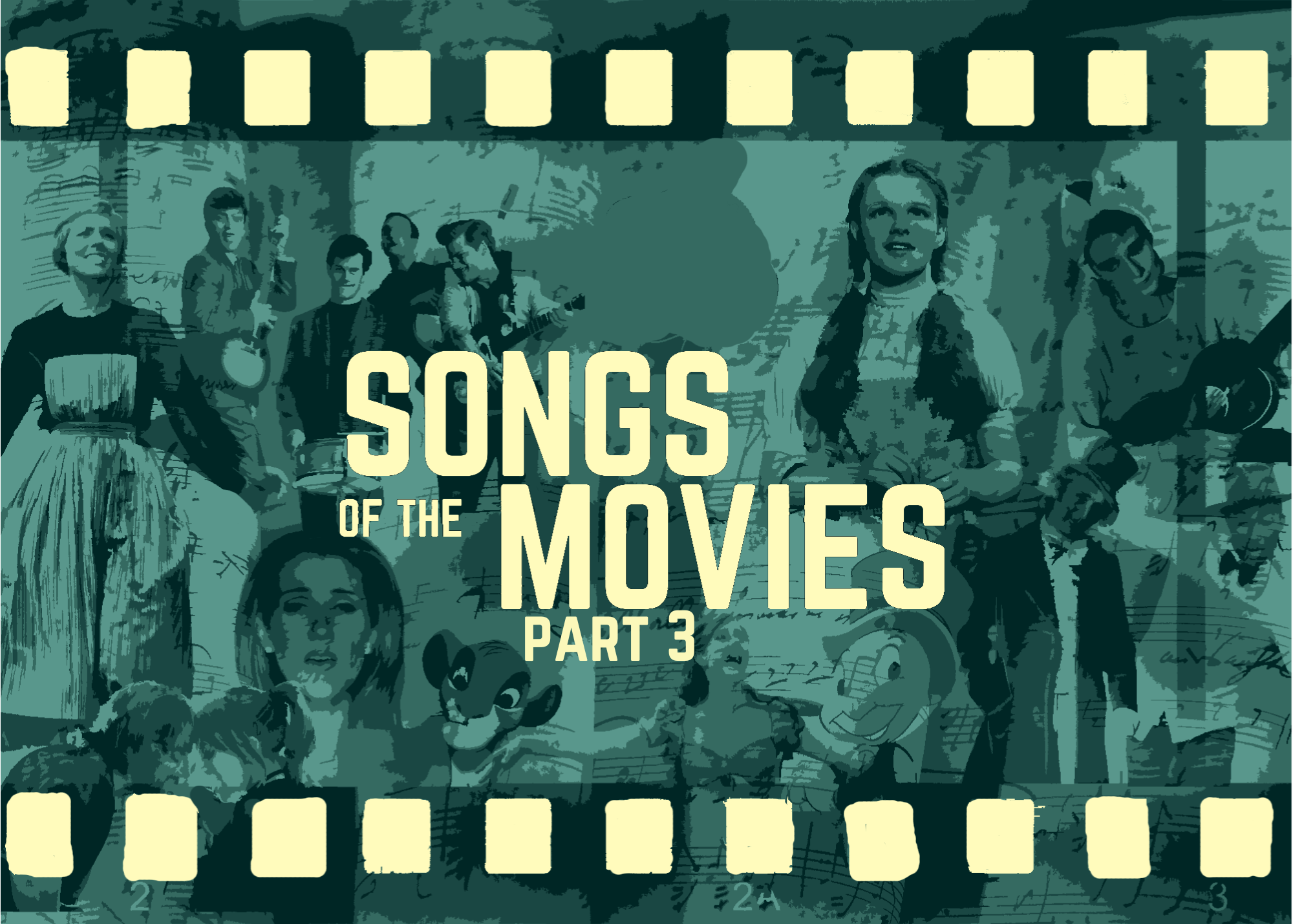

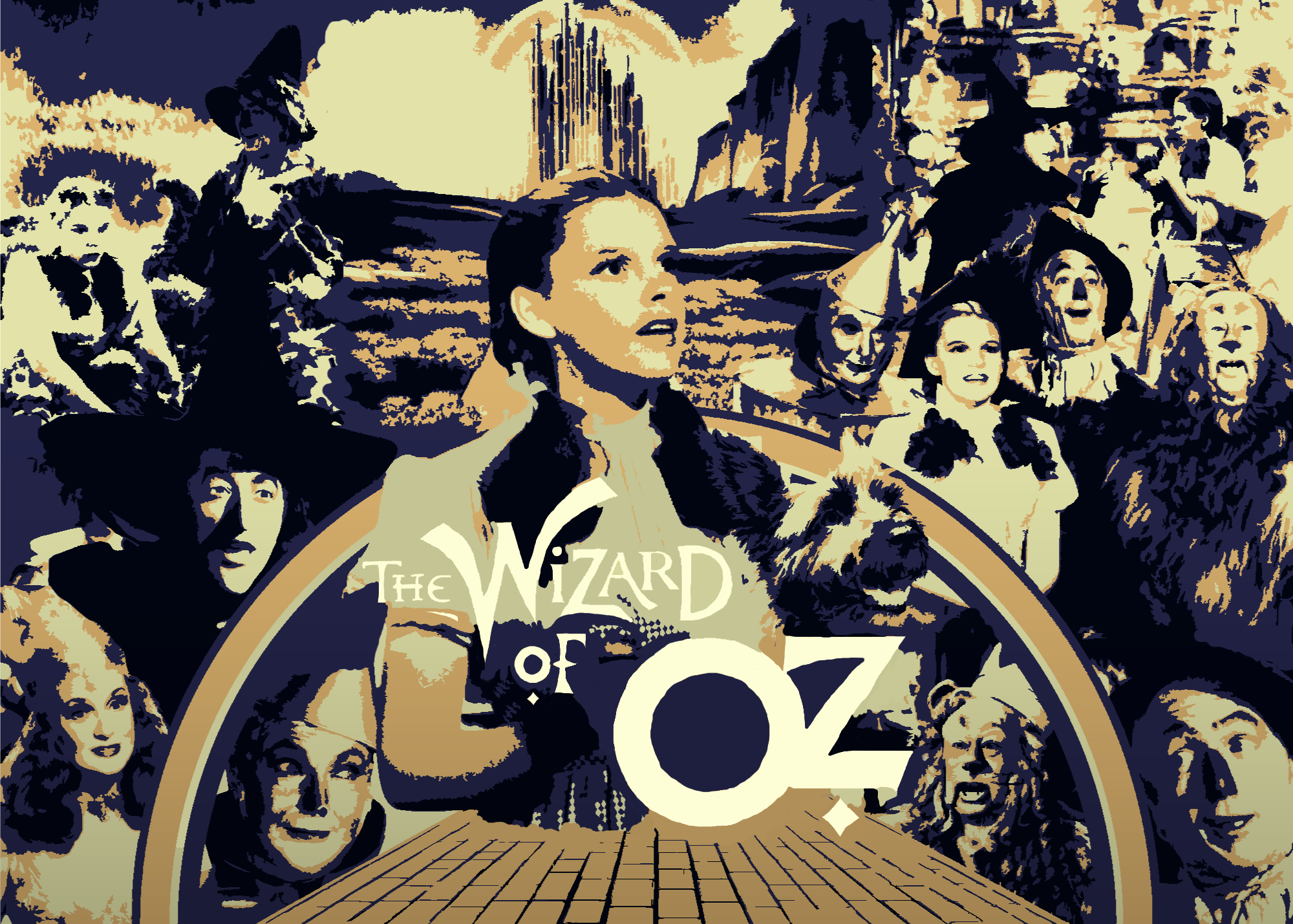
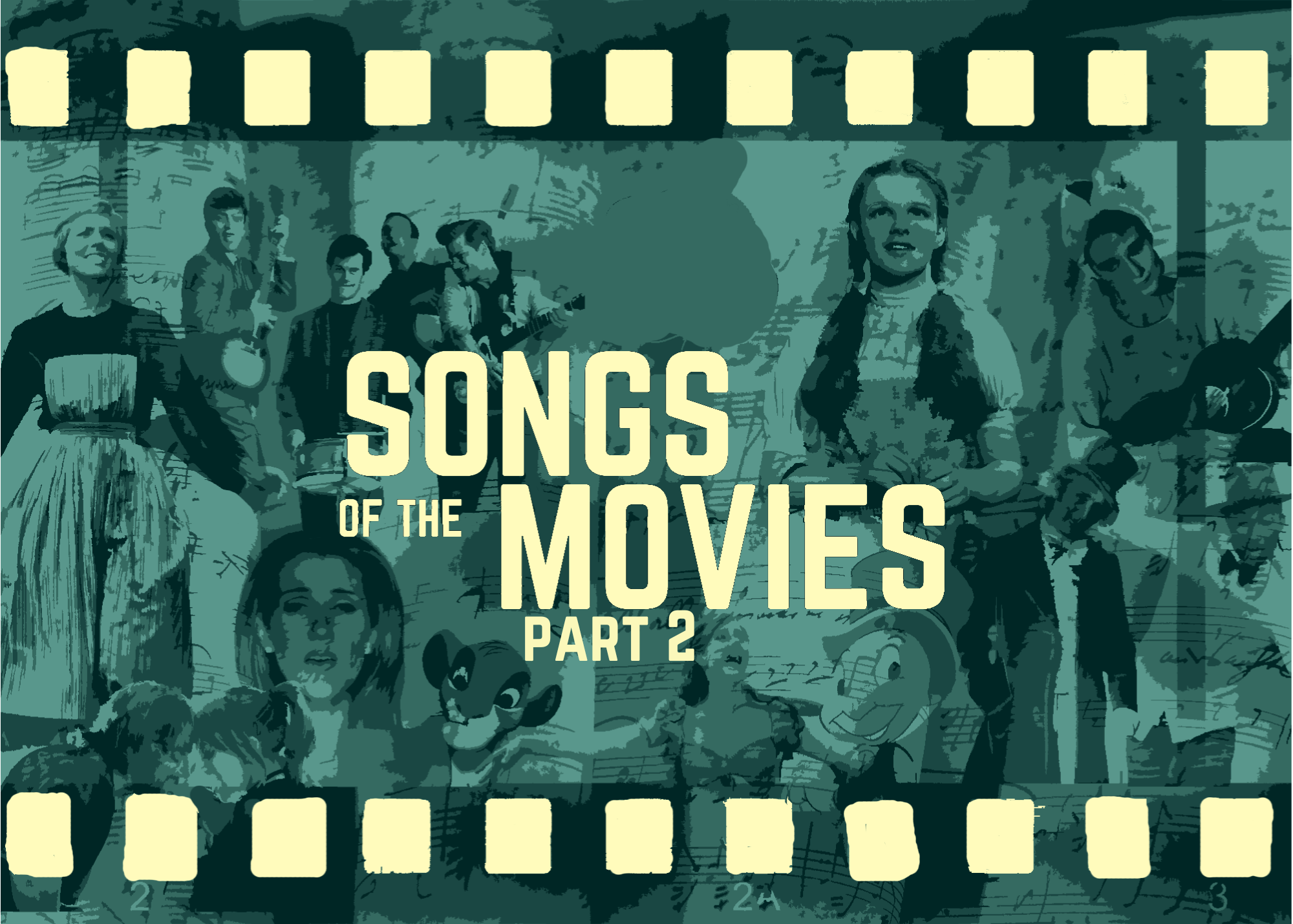

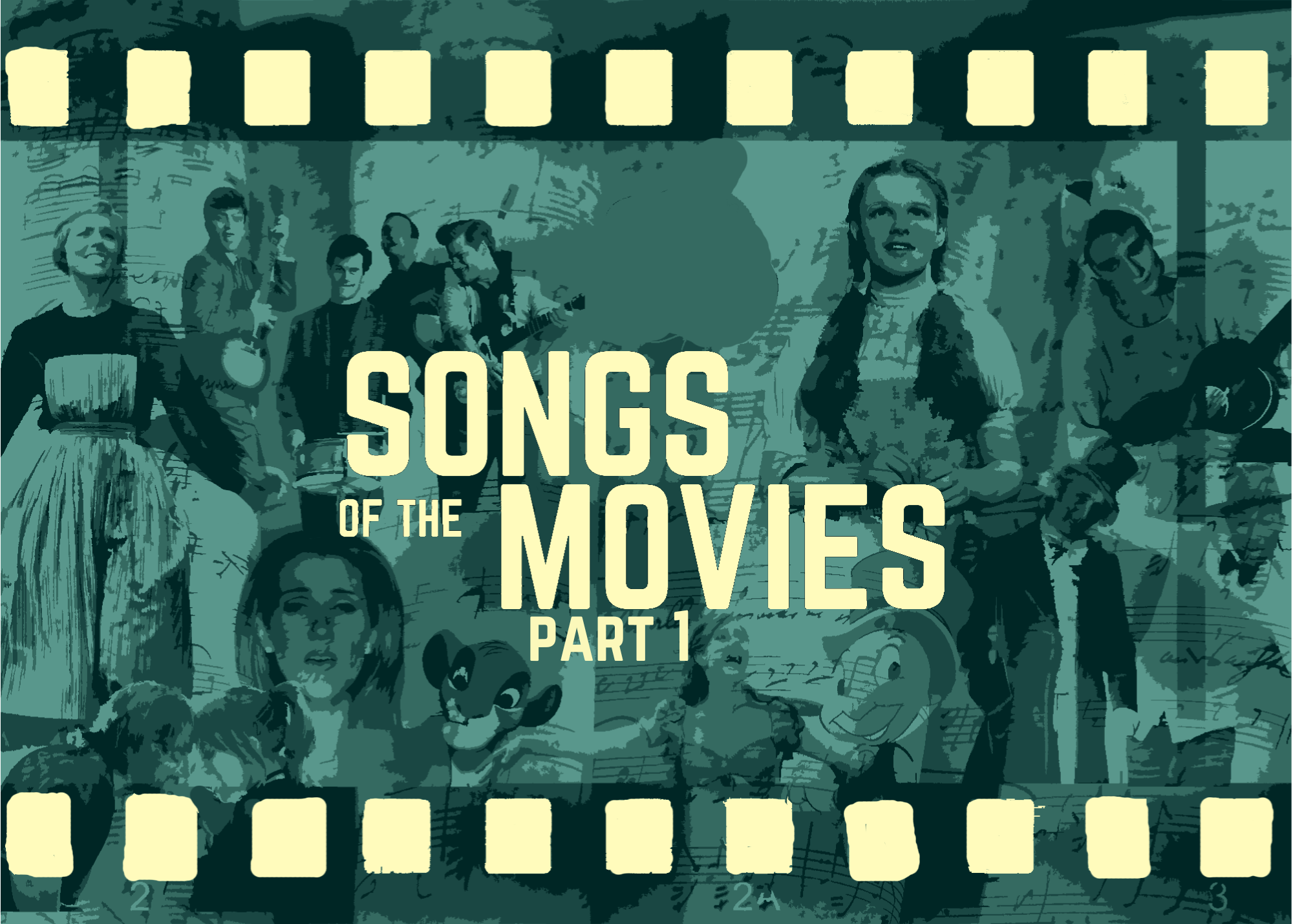

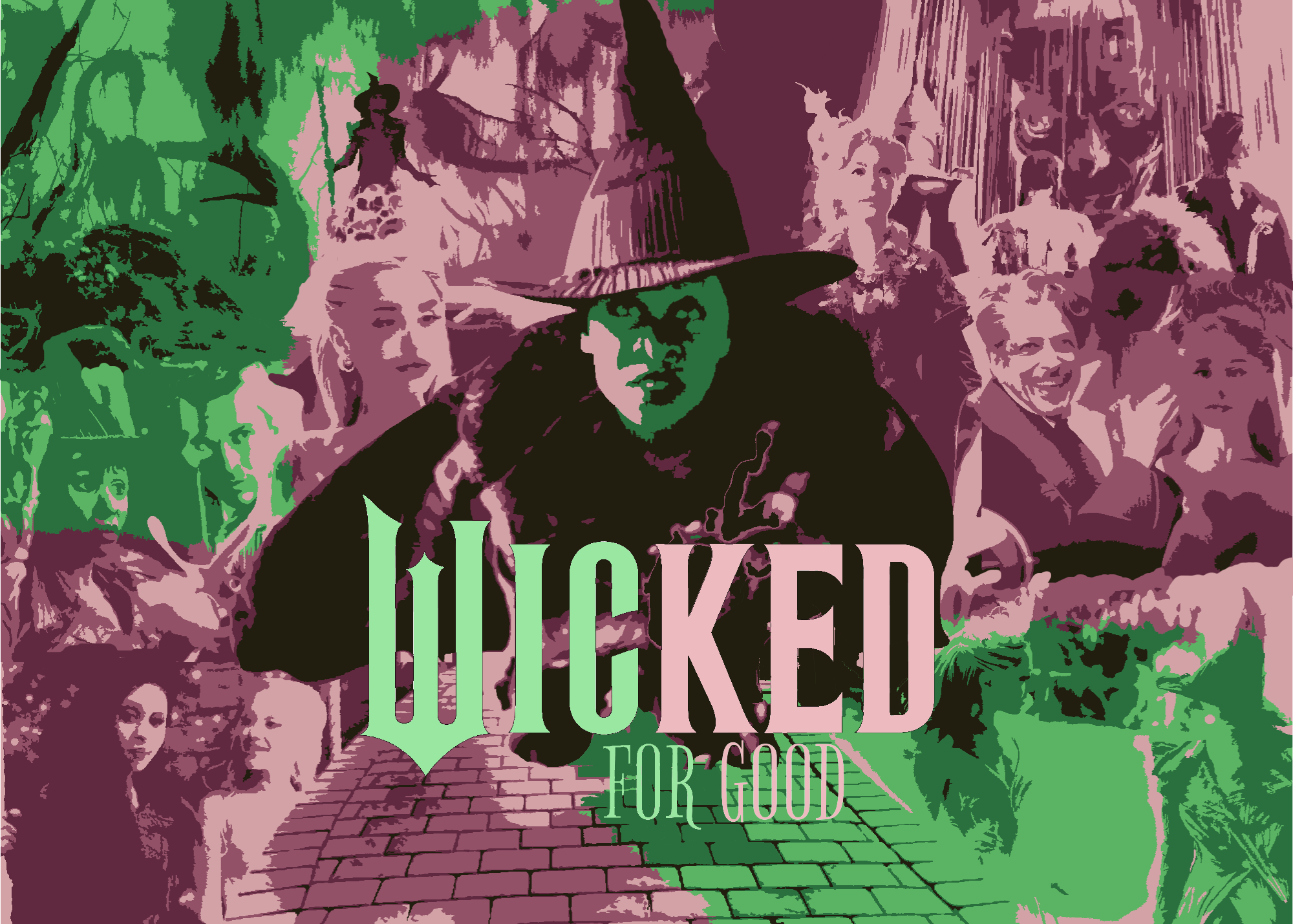
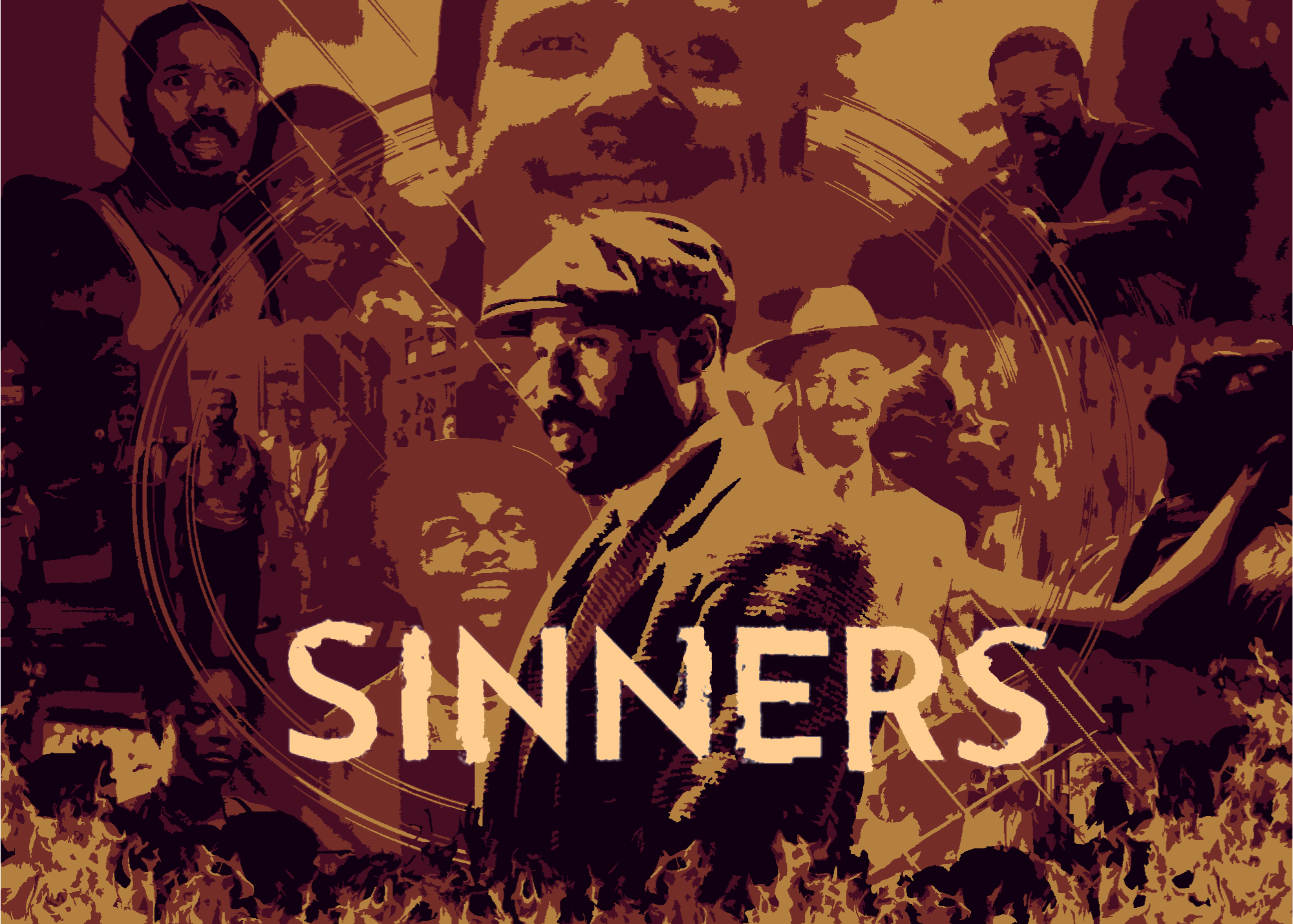















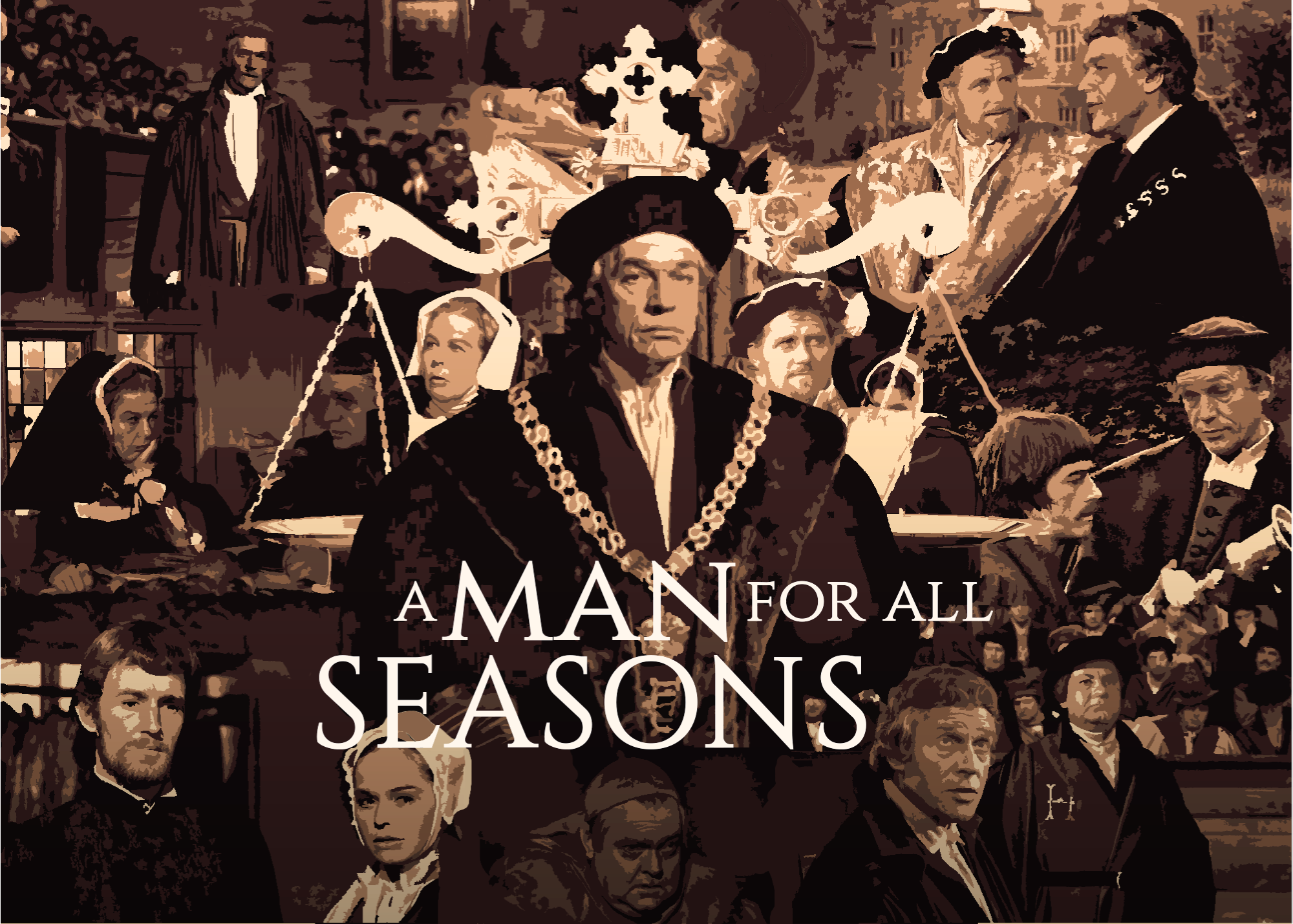











.png)






.png)